Looking for practical ways to use paprika in everyday cooking? Forget complicated science jargon - this guide delivers exactly what home cooks need: 10 proven techniques that actually work to enhance flavor, color, and texture in your favorite dishes. Whether you're using sweet Hungarian, smoked Spanish, or hot paprika, these methods solve common cooking challenges without requiring special equipment or hard-to-find ingredients.
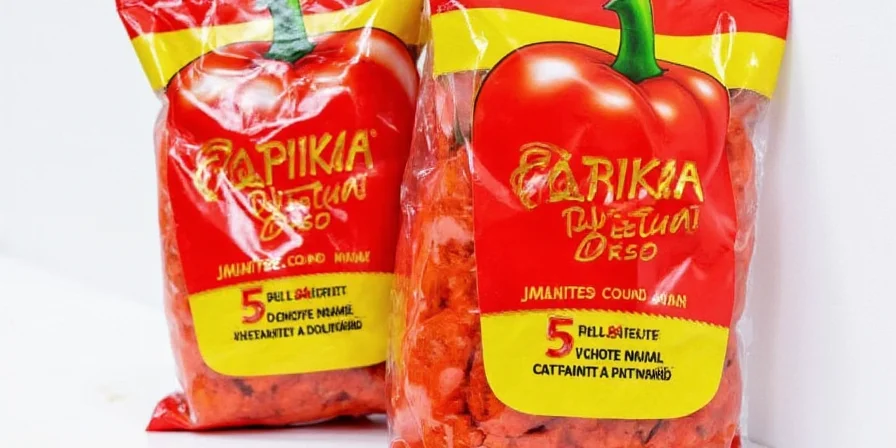
Understanding Paprika Types (No Chemistry Degree Required)
Not all paprika works the same way. Choose the right type for your recipe with this simple guide:
| Type | Best For | When to Add |
|---|---|---|
| Sweet Hungarian | Color without heat (soups, deviled eggs) | Final 2 minutes of cooking |
| Smoked Spanish (Pimentón) | Adding depth (stews, roasted vegetables) | Bloom in oil at start |
| Hot Hungarian | Spicy dishes (chili, meat rubs) | Midway through cooking |
10 Practical Paprika Uses That Actually Work
- Fix bland soups instantly: Stir in 1/2 tsp sweet paprika with a splash of lemon juice - transforms flavor without overpowering
- Perfect roasted chicken skin: Mix 1 tsp paprika with 1 tbsp oil before roasting for deeper color and crispiness
- Revive stale chips: Toss with smoked paprika and oil, then bake at 300°F for 5 minutes to refresh
- Boost tomato sauce depth: Add 1 tsp smoked paprika when sautéing onions (secret restaurants use)
- Colorful deviled eggs: Mix yolk filling with sweet paprika instead of mustard for vibrant orange filling
- Prevent avocado browning: Sprinkle cut avocados with paprika instead of lemon juice for less acidic taste
- Upgrade mayo-based dips: Add 1/4 tsp paprika to ranch or aioli for instant complexity
- Enhance grilled cheese: Rub bread with paprika butter before assembling for golden crust
- Fix broken hollandaise: Whisk in 1/8 tsp paprika to help emulsify separated sauce
- Make "smoked" dishes without smoker: Use smoked paprika in marinades for indoor cooking

Simple Science Behind the Results
Why these tricks work without fancy equipment:
| Problem | Solution | Why It Works |
|---|---|---|
| Soups taste flat | Paprika + lemon | |
| Chicken skin pale | Paprika in oil | |
| Sauces separate | Pinch of paprika |
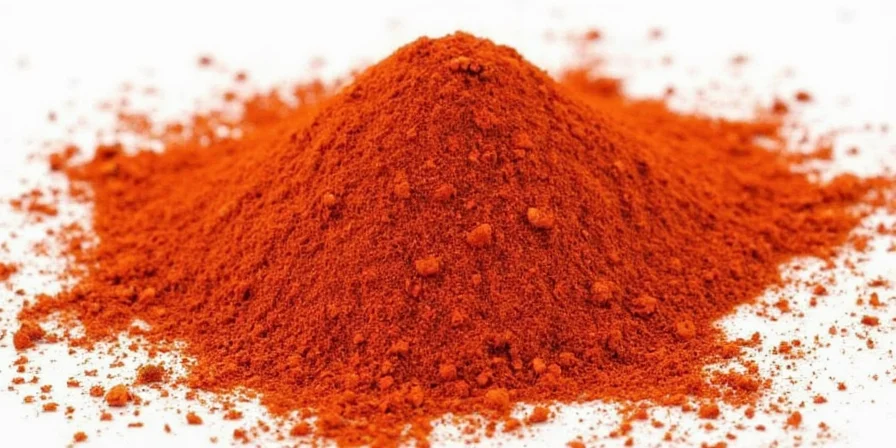
Proven Tips for Better Results
- Never add dry: Always mix with liquid or fat first - prevents bitter taste
- Storage secret: Keep in dark glass jar (light destroys flavor in weeks)
- Chef's timing trick: Add smoked varieties early, sweet varieties at the end
- Measure properly: Use 1/4 tsp increments - too much creates medicinal taste
- Fix mistakes: Overpowering paprika? Add a pinch of sugar to balance
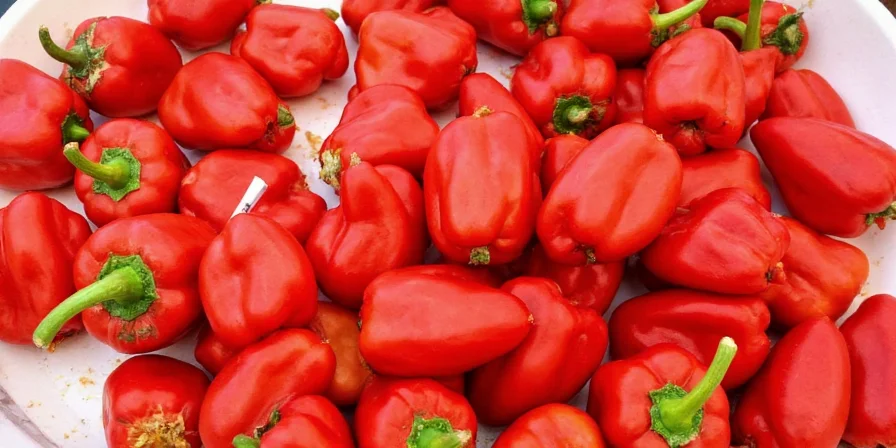
Keep Your Paprika Fresh (Simple Method)
Most paprika loses flavor in 6 months - extend freshness to 18 months with these steps:
- Store in dark container away from stove
- Never keep near salt (moisture ruins texture)
- Check freshness: Rub between fingers - should leave red oil streaks
- Freeze extra in ice cube trays with oil for ready-to-use portions
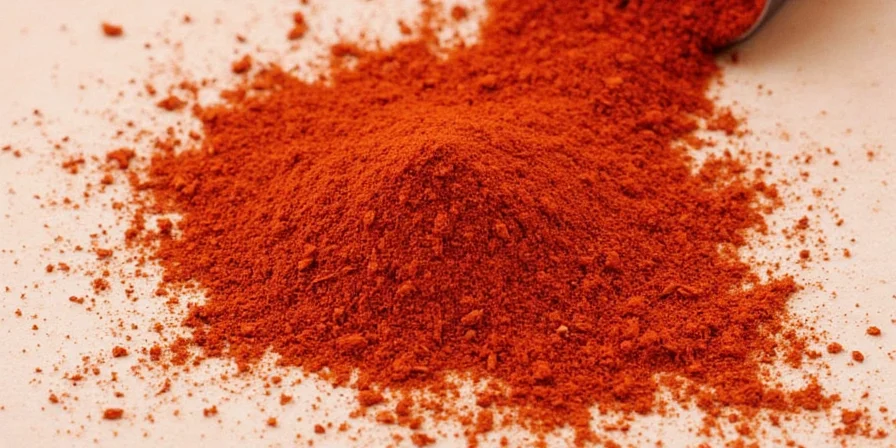
Real Cooks' Questions Answered
- "Can I use paprika instead of chili powder?"
Yes for color, but not heat - mix 1 tsp paprika + 1/4 tsp cayenne for equivalent heat
- "Why does my paprika taste bitter?"
Added too much heat - always bloom in oil below medium heat, never let smoke
- "What's the difference between sweet and smoked?"
Sweet = pure pepper flavor, Smoked = wood-fire dried (use smoked for stews, sweet for eggs)
- "Can paprika replace saffron?"
For color in soups/stews yes, but not for floral notes - use 1/2 tsp paprika per pinch saffron

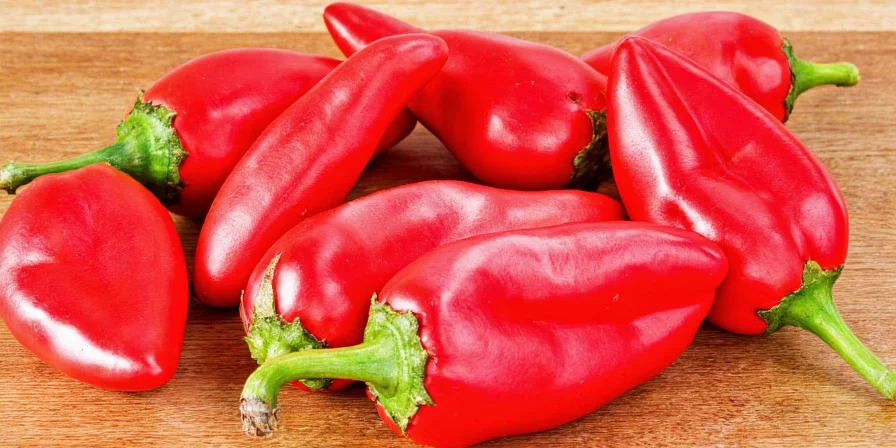









 浙公网安备
33010002000092号
浙公网安备
33010002000092号 浙B2-20120091-4
浙B2-20120091-4